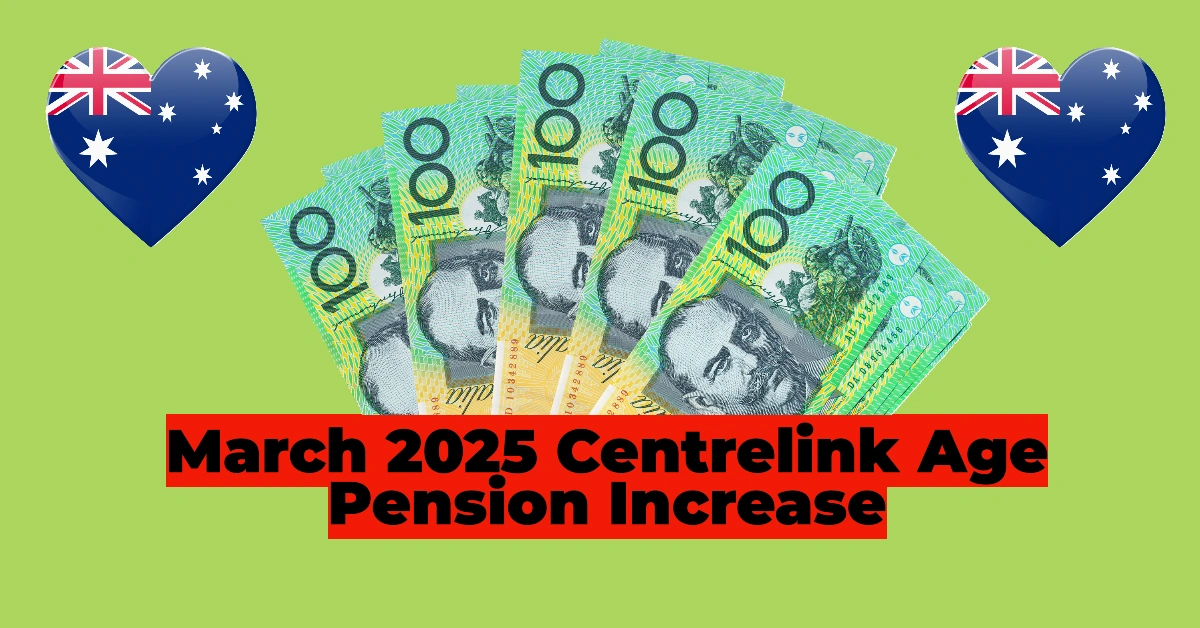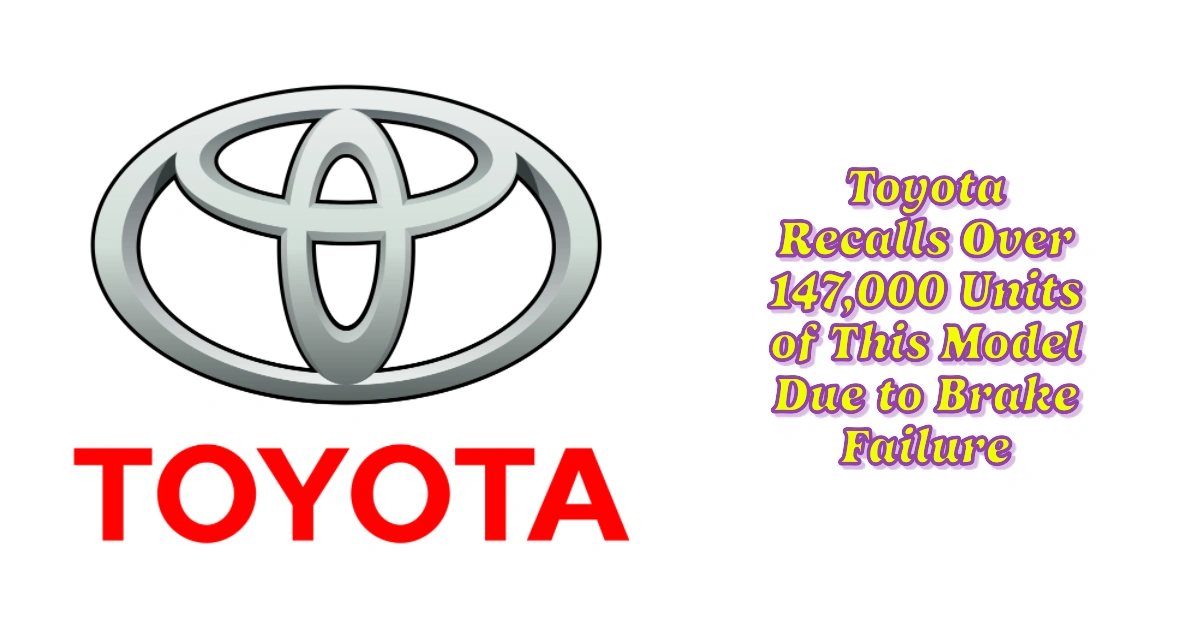As October 2024 approaches, Nunavut residents can look forward to receiving a variety of government benefits designed to support individuals and families with rising costs and provide additional financial aid. From the federal Climate Action Incentive Payment to local territorial supports, these benefits aim to alleviate financial burdens and assist Nunavut residents with essential expenses. In this article, we’ll break down the key benefits coming to Nunavut in October 2024, the payment amounts, eligibility criteria, and how you can ensure you receive them.
Table of Contents
Climate Action Incentive Payment (CAIP) – October 2024
The Climate Action Incentive Payment (CAIP) is a quarterly payment provided by the federal government to help offset the costs of carbon pricing. Residents of Nunavut are eligible for this payment due to the high energy costs and unique challenges faced by those living in northern territories.
Payment Amounts for October 2024
Nunavut residents will receive the following CAIP amounts in October 2024:
- $193 for an individual adult
- $96.50 for a spouse or common-law partner
- $48.25 per child under 18
A family of four, consisting of two adults and two children, would receive a total of $386 for this quarter.
Eligibility for CAIP
To be eligible for the Climate Action Incentive Payment, you must:
- Be a resident of Nunavut on the payment date.
- Have filed a 2023 tax return, as the payment is calculated based on your tax return.
- There are no additional applications required, as the payment is issued automatically if you meet the criteria.
The next payment will be in January 2025, as the CAIP is distributed quarterly.


Nunavut Family Allowance
The Nunavut Family Allowance is a territorial benefit that provides financial support to families with children to help cover the costs of raising a child in one of Canada’s northernmost regions.
Payment Amounts
Families can receive $40 per child under the age of 18. This payment is issued monthly and can provide an additional financial cushion for families coping with the high costs of living in Nunavut.
Eligibility for Nunavut Family Allowance
To qualify for this benefit, you must:
- Be a resident of Nunavut.
- Have children under the age of 18.
- File your 2023 tax return, as eligibility and payment amounts are based on your income and family size.
Saskatchewan Benefits Coming in October 2024: What You Need to Know
Climate Action Incentive Payment Coming on October 15, 2024: Do’nt miss out
Ontario Welfare Payment Dates 2024: Monthly Support to Low Income Holders
Ontario Guaranteed Annual Income System Payment Dates 2024-2025
$2,385 with the New CPP One-Time Payment for Seniors – Eligibility and Payment Dates Revealed
Nunavut Senior Fuel Subsidy
As heating costs rise with the onset of colder months, the Nunavut Senior Fuel Subsidy helps low-income seniors cover the cost of heating their homes during the long winter.
Payment Amounts
The amount of the Senior Fuel Subsidy varies depending on the size of the household and the local fuel costs, but it typically provides a subsidy that can cover up to 50% of heating fuel costs during the winter months.
Eligibility Criteria
To qualify for the Senior Fuel Subsidy, applicants must:
- Be 60 years of age or older.
- Be a resident of Nunavut.
- Have an annual income below the established threshold, which is typically based on the Nunavut Income Assistance Program guidelines.
Seniors can apply for this subsidy directly through their local Income Support Officer or the Nunavut Department of Family Services.
Nunavut Income Assistance Program – October 2024 Payments
The Nunavut Income Assistance Program is designed to provide financial support to individuals and families who have insufficient income to meet their basic needs, such as housing, food, and clothing.
Payment Amounts
The payment amounts vary based on the family’s size, housing situation, and overall income. Typically, payments are determined based on the basic needs assessment and may include additional support for housing, utilities, and medical expenses.
Eligibility Criteria
To qualify for the Nunavut Income Assistance Program, you must:
- Be a resident of Nunavut.
- Demonstrate financial need through an income and asset assessment.
- Apply for assistance through your local Income Support Officer or the Department of Family Services.
Payments are typically made every month, and recipients must continue to meet eligibility criteria, including reporting any changes in income or living conditions.
Nunavut Child Benefit
In addition to federal child benefits, the Nunavut Child Benefit provides additional financial assistance to families with children, aiming to alleviate some of the challenges associated with the high cost of living in northern communities.
Payment Amounts
The Nunavut Child Benefit provides up to $330 per year per child, depending on household income and the number of children.
Eligibility Criteria
To receive the Nunavut Child Benefit, families must:
- Be residents of Nunavut.
- Have children under the age of 18.
- File their 2023 tax return, as the benefit is automatically calculated based on the tax information provided.
How to Ensure You Receive Your Benefits
To make sure you receive the payments you’re entitled to, follow these steps:
- File Your 2023 Tax Return: Most benefits are based on your tax return, so it’s crucial to ensure your return is filed and up to date.
- Update Direct Deposit Information: Ensure your bank information is correct with both federal and territorial tax authorities to receive payments on time.
- Monitor Payment Dates: Benefits are usually issued on set dates, so check when you should expect them and confirm deposits in your account.
October 2024 brings various financial benefits to residents of Nunavut, ranging from carbon tax rebates to support for families, seniors, and those in need of income assistance. By staying informed and ensuring your tax return is filed, you can take full advantage of these programs to help manage the cost of living in the northern territory.
For more detailed information, contact the Nunavut Department of Family Services or check the Canada Revenue Agency (CRA) website for federal programs.







